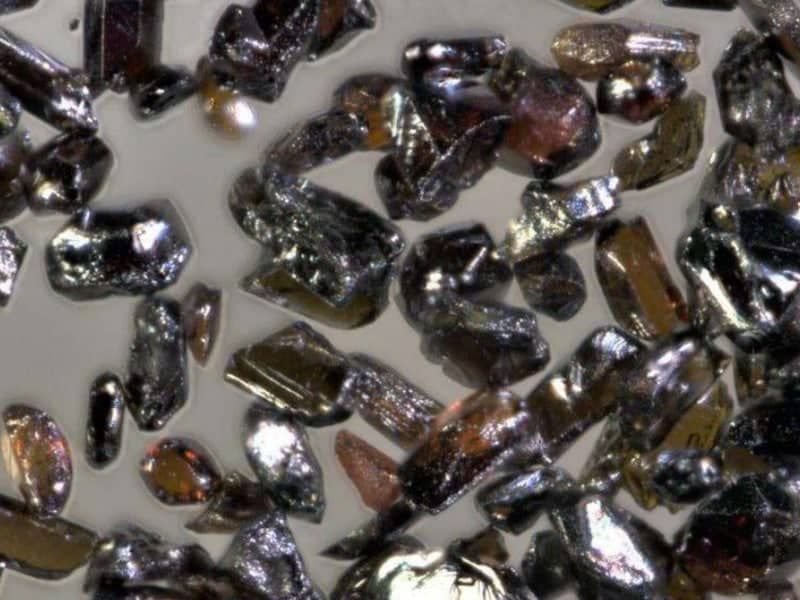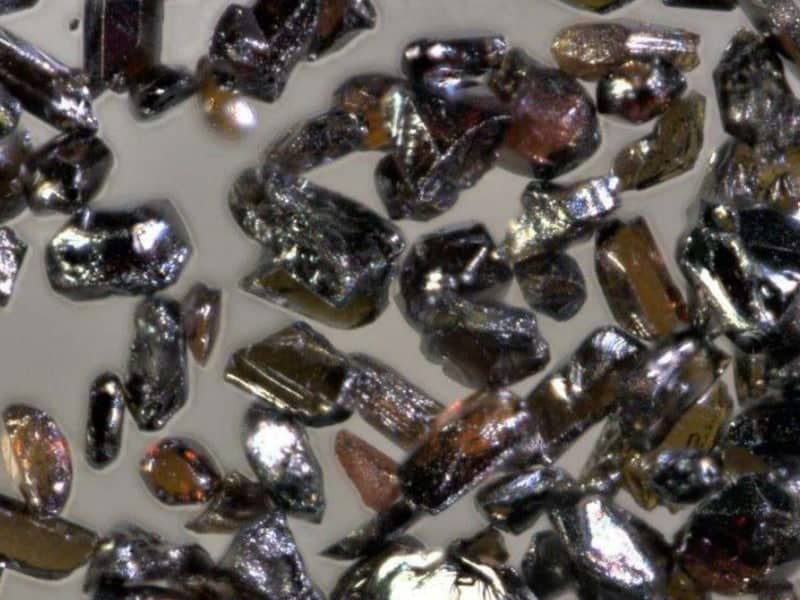By Burnett Munthali
The recent discovery of high-quality battery-grade graphite at the Kasiya project in Malawi has sparked excitement, not only for the country’s economic prospects but also for the global battery industry. As the demand for sustainable energy storage solutions grows, graphite, a key component in lithium-ion batteries, has become a critical mineral. Analysts believe this development could be transformative for both Malawi and the international market.
Graphite plays a crucial role in the production of batteries, particularly for electric vehicles (EVs) and renewable energy storage systems. The global shift toward greener technologies has seen an exponential rise in demand for materials that support energy storage, and graphite is essential for battery anodes. With the electric vehicle market projected to grow rapidly over the next decade, the demand for high-quality graphite is expected to surge.
Kasiya’s discovery places Malawi in a strategic position to become a key player in supplying this vital resource. The quality of the graphite found at Kasiya is reportedly suitable for use in lithium-ion batteries, making it highly sought after by manufacturers globally.

For Malawi, the Kasiya graphite project represents an opportunity to diversify its economy and reduce reliance on traditional exports like tobacco. The mining sector, which is relatively underdeveloped in the country, could experience significant growth, with graphite potentially becoming one of the nation’s leading exports. Increased mining activities at Kasiya could lead to job creation, improved infrastructure, and investment inflows, boosting the country’s overall economic development.
Moreover, Malawi could establish itself as a reliable supplier of a critical mineral for the global energy transition, enhancing its geopolitical relevance. This shift could attract foreign direct investment and lead to the development of complementary industries, including processing plants and technology-related infrastructure.
While the economic benefits of the Kasiya graphite project are promising, there are concerns about the environmental and social impacts of large-scale mining. The mining industry has been historically linked to environmental degradation, and the extraction of minerals like graphite could disrupt local ecosystems if not managed responsibly. However, with the growing emphasis on sustainable mining practices, Malawi has an opportunity to implement strict environmental regulations that ensure the project’s long-term viability.
From a social perspective, the influx of investment and job opportunities could improve the livelihoods of many Malawians, particularly in regions near the mining site. However, there is also the potential for displacement of communities and disruptions to local farming activities, which need to be carefully managed.
The Kasiya graphite discovery could position Malawi as a major player in the global green energy supply chain. As countries transition to electric vehicles and renewable energy, the demand for reliable sources of battery materials will continue to grow. If managed effectively, the Kasiya project could make Malawi a key supplier of battery-grade graphite, increasing its influence in international markets.
The timing of this discovery is particularly significant as nations worldwide are prioritizing the localization of battery production and the development of renewable energy systems. By leveraging this opportunity, Malawi could strengthen trade partnerships and build alliances with major economies invested in the energy transition.
In conclusion, the high-quality battery graphite found at Kasiya is a potential game-changer for both Malawi and the global battery industry. For Malawi, the project offers a chance to diversify its economy, create jobs, and strengthen its position on the global stage. For the battery industry, it represents a new, reliable source of a critical mineral essential for the transition to green energy. However, the environmental and social implications must be carefully managed to ensure that the benefits of this project are maximized for all stakeholders. If executed properly, Kasiya could play a pivotal role in powering the global shift towards a more sustainable future.



